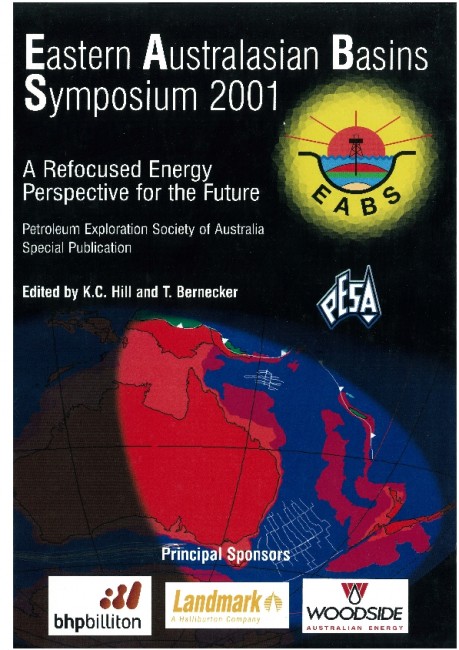Publication Name: Eastern Australian Basins Symposium 2001
Authors: G.A. Boyd and S.J. Gallagher
Date Published: November 2001
Number of Pages: 32
Reference Type: Magazine Article
Abstract:
The first marine incursions that flooded the Otway Basin, southern Australia, during the Late Cretaceous are preserved in the Sherbrook Group. The purpose of this preliminary study is to describe the depositional environments of the sediments of the Sherbrook Group.Core was logged from the Waarre, Flaxman, Belfast Mudstone, Nullawarre Greensand, Paaratte and Timboon Sandstone units in the Port Campbell Embayment and the Southern Australian part of the Otway Basin. This was combined with ditch cutting, foraminiferal and wireline log data to arrive at the following palaeoenvironmental evolution of these units:
The shallow marine lower to upper-deltaic sediments of the Waarre and Flaxman formations represent the initial deposits of the Late Cretaceous transgression. From Coniacian to Santonian time, the Otway Basin was dominated by open marine conditions leading to the deposition of the inner to outer shelf Belfast Mudstone. Three distinct units (Lower, Middle and Upper) can be recognised in the Belfast Mudstone based on fauna and lithology. From Santonian to Maastrichtian times, regressive, shallow-marine, lower to upper-deltaic and interdistributary sediments of the Nullawarre Greensand, Paaratte Formation and the Timboon Sandstone prograded over the Belfast Mudstone.


